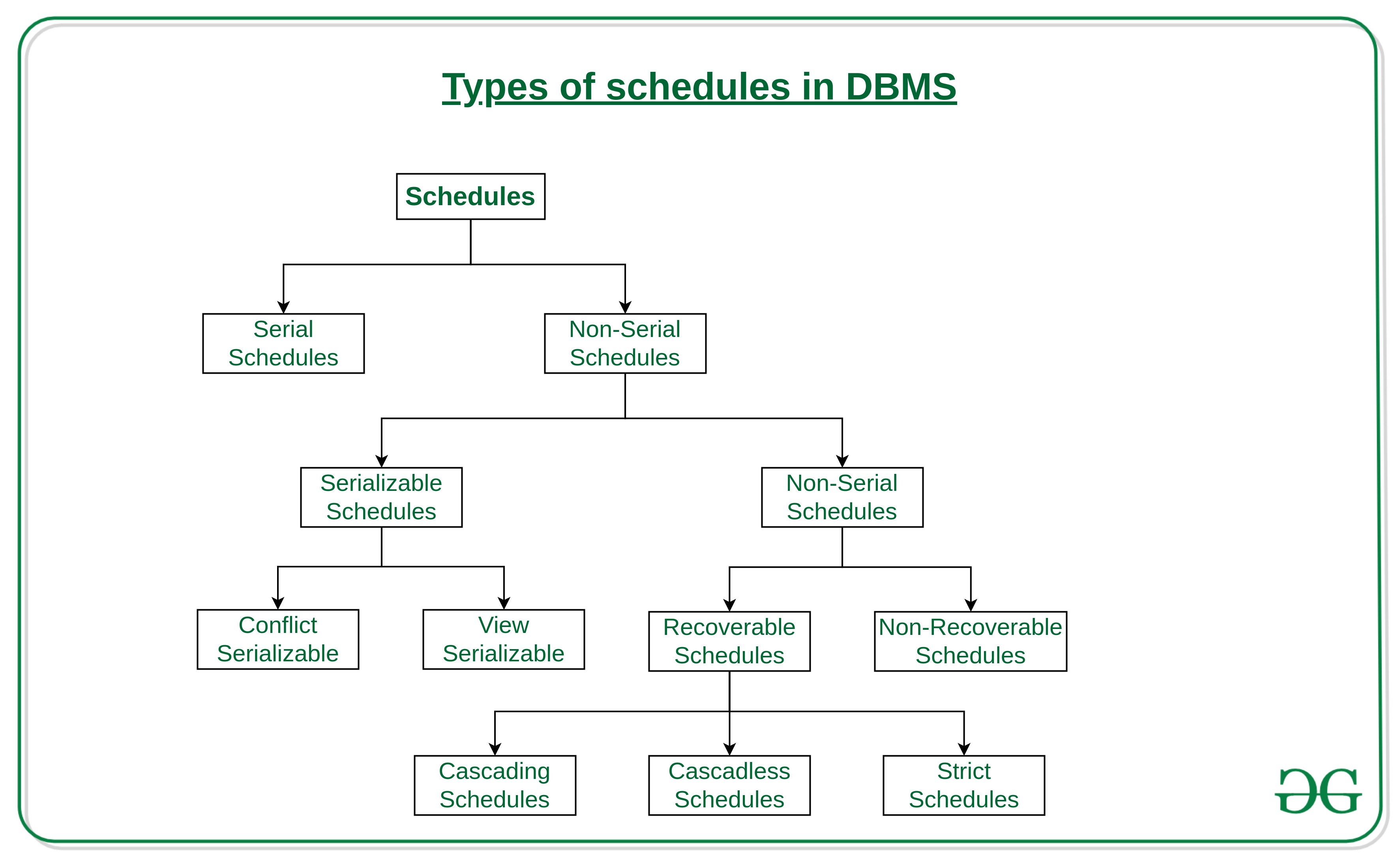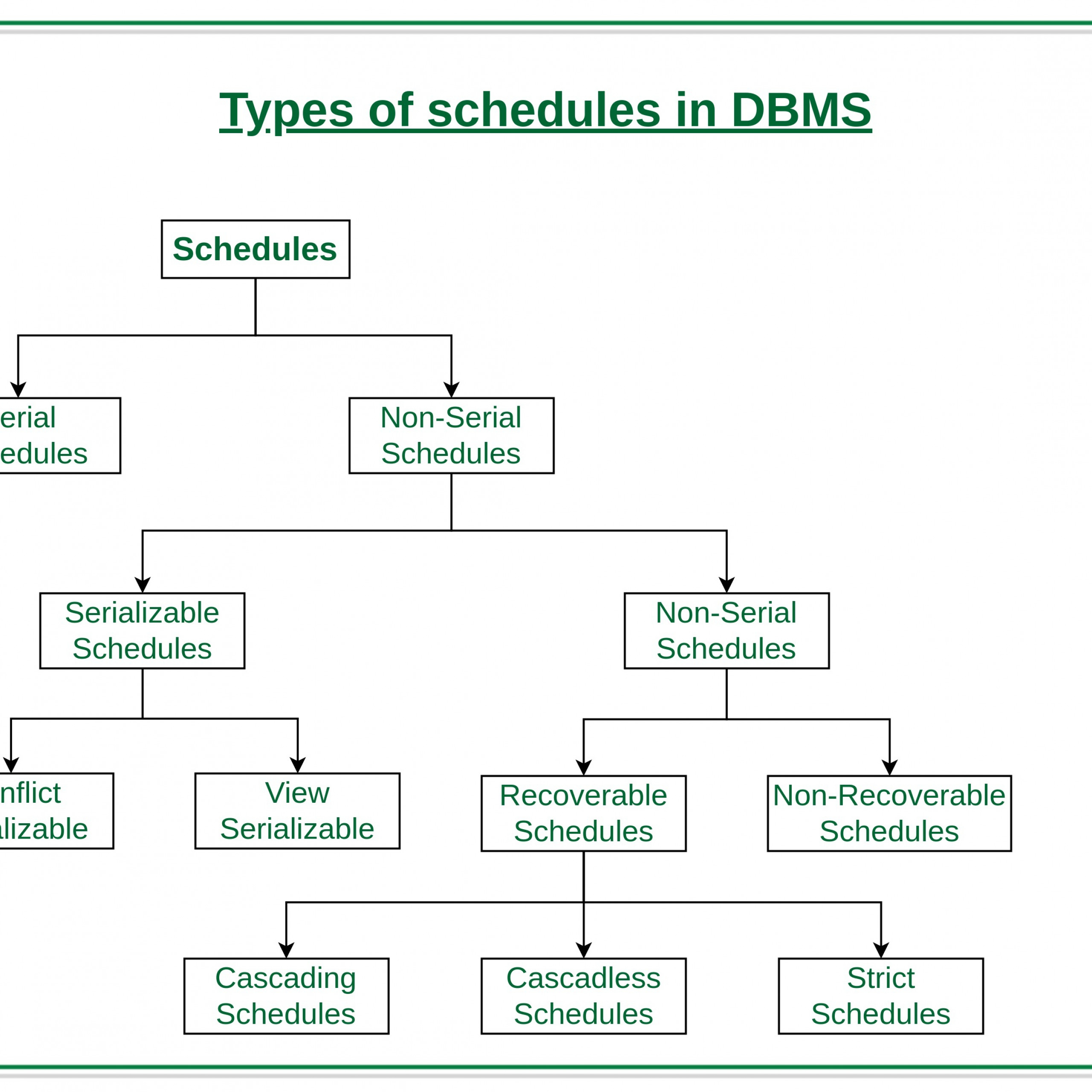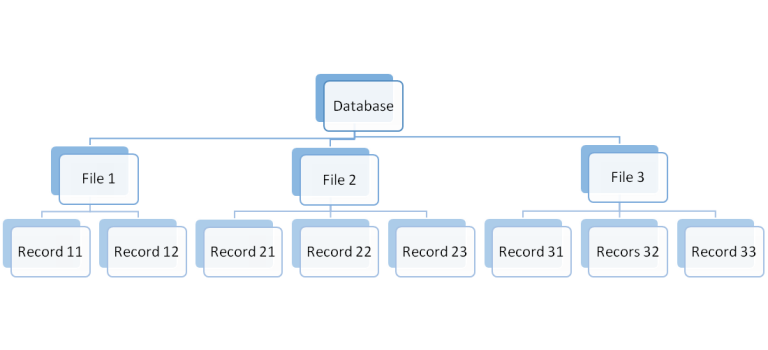Multiple Granularity And Types In DBMS Presentation
| Introduction to Multiple Granularity and Types in DBMS | ||
|---|---|---|
| Multiple Granularity refers to the ability of a DBMS to support different levels of data representation and manipulation. It allows for efficient management of data at various levels of detail, from coarse to fine-grained. Different types of granularity include record-level, block-level, and page-level. | ||
| 1 | ||
| Record-level Granularity | ||
|---|---|---|
| Record-level granularity is the finest level of granularity in a DBMS. It refers to the ability to manipulate individual records within a database. Record-level operations are typically used for fine-grained data access and modification. | ||
| 2 | ||
| Block-level Granularity | ||
|---|---|---|
| Block-level granularity is an intermediate level of granularity in a DBMS. It involves manipulating data in blocks or groups of records. Block-level operations are useful for efficient data retrieval and storage. | ||
| 3 | ||
| Page-level Granularity | ||
|---|---|---|
| Page-level granularity is the coarsest level of granularity in a DBMS. It involves manipulating data at the page level, which consists of several blocks. Page-level operations are commonly used for large-scale data operations, such as bulk data loading. | ||
| 4 | ||
| Types of Granularity | ||
|---|---|---|
| Besides the multiple levels of granularity, DBMS also supports different types of granularity. Types of granularity include read granularity, write granularity, and locking granularity. Read granularity refers to the level at which data can be read from the database, while write granularity refers to the level at which data can be modified. | ||
| 5 | ||
| Read Granularity | ||
|---|---|---|
| Read granularity can be at the record level, block level, or page level. Higher read granularity allows for faster data retrieval but may result in accessing more data than necessary. Appropriate read granularity should be chosen based on the specific requirements of the application. | ||
| 6 | ||
| Write Granularity | ||
|---|---|---|
| Write granularity can also be at the record level, block level, or page level. Higher write granularity reduces the overhead of updates but may result in locking more data than necessary. The choice of write granularity depends on the concurrency control mechanism and the nature of the application. | ||
| 7 | ||
| Locking Granularity | ||
|---|---|---|
| Locking granularity determines the level at which locks are acquired and released during data manipulation. It can be at the record level, block level, or page level. The choice of locking granularity affects the performance and concurrency control in a DBMS. | ||
| 8 | ||
| Benefits of Multiple Granularity | ||
|---|---|---|
| Multiple granularity allows for efficient data access and manipulation at different levels of detail. It provides flexibility in managing data based on the specific requirements of applications. It improves performance by reducing unnecessary data access and locking. | ||
| 9 | ||
| Conclusion | ||
|---|---|---|
| Multiple granularity and types play a crucial role in the efficient management of data in a DBMS. Understanding the different levels and types of granularity helps in optimizing data access and manipulation. DBMS with support for multiple granularity provides flexibility and improved performance for various applications. | ||
| 10 | ||








